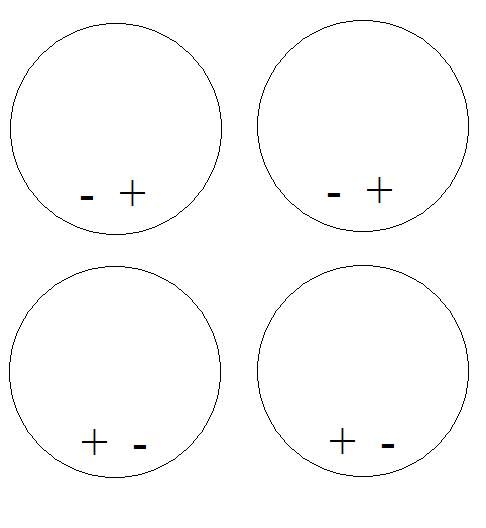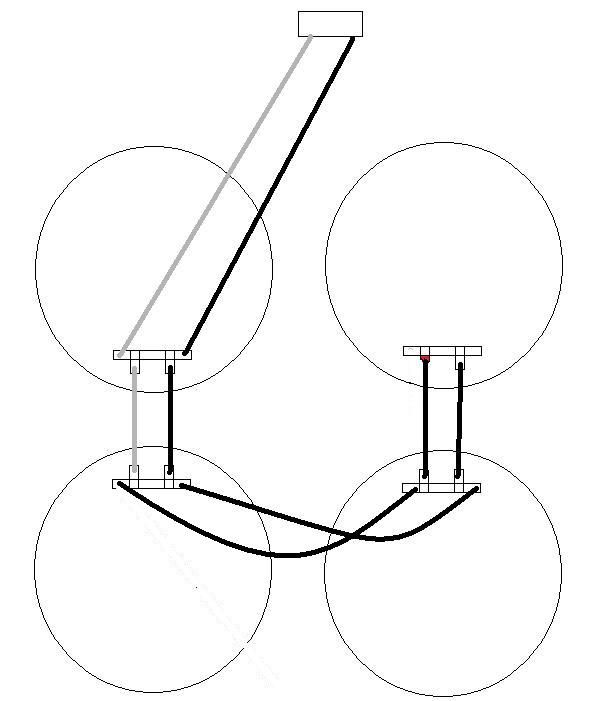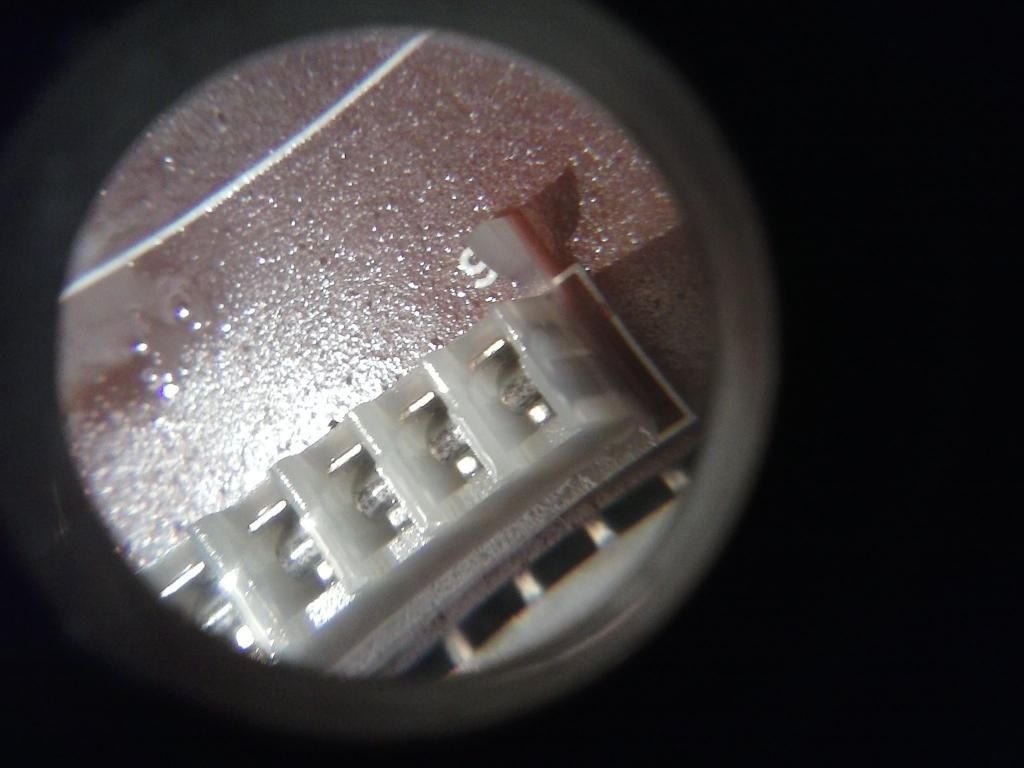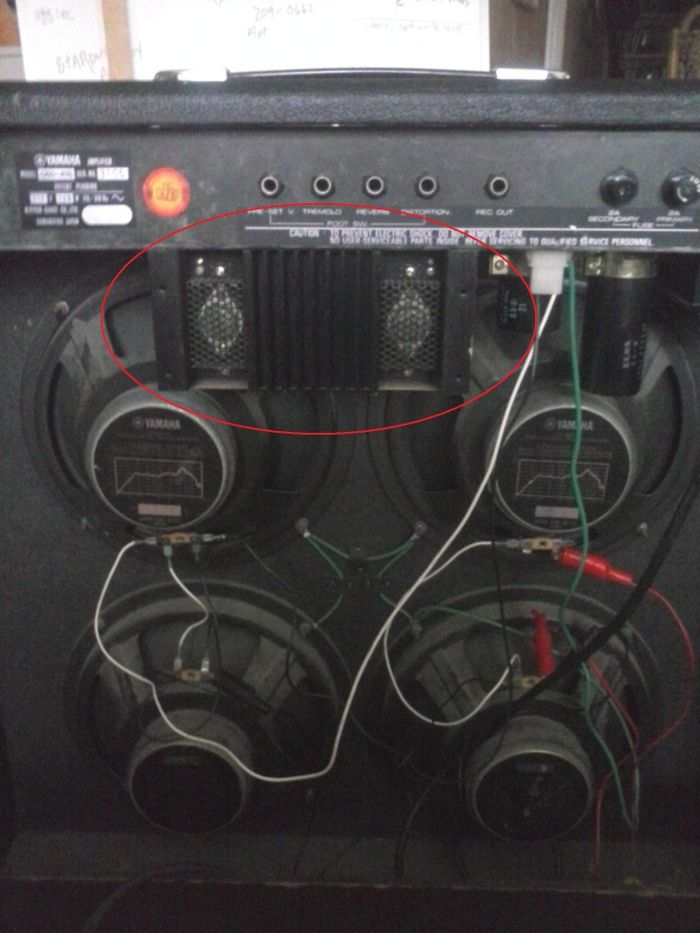Thanks much guys.
The NOS pots are actually incoming from Lithuania, so I'll report more when I get them in hand.
I am a beginner at this, I know just enough to open stuff up and get myself into trouble once things get beyond cleaning contacts :duh so I will certainly have some more questions (and will furnish detailed pictures of everything involved) as soon as the pots arrive.
It's quite likely this may actually need some additional troubleshooting which should be quite a thrill ride since there is ZERO English language technical information about them... Unfortunately, punting this and buying new is not an option. This particular model with pot adjustment for all the tones is, to the best of my understanding, now out of production. In my opinion, these are vastly superior to the new designs so it must be kept alive at all costs.
The NOS pots are actually incoming from Lithuania, so I'll report more when I get them in hand.
I am a beginner at this, I know just enough to open stuff up and get myself into trouble once things get beyond cleaning contacts :duh so I will certainly have some more questions (and will furnish detailed pictures of everything involved) as soon as the pots arrive.
It's quite likely this may actually need some additional troubleshooting which should be quite a thrill ride since there is ZERO English language technical information about them... Unfortunately, punting this and buying new is not an option. This particular model with pot adjustment for all the tones is, to the best of my understanding, now out of production. In my opinion, these are vastly superior to the new designs so it must be kept alive at all costs.











